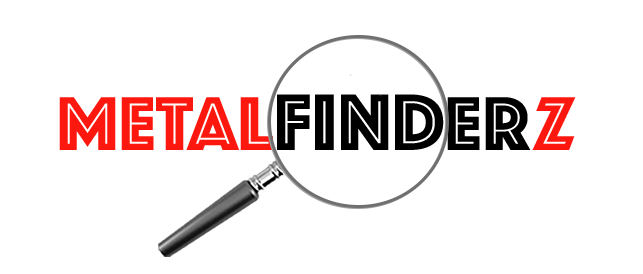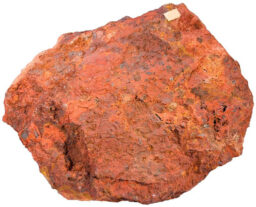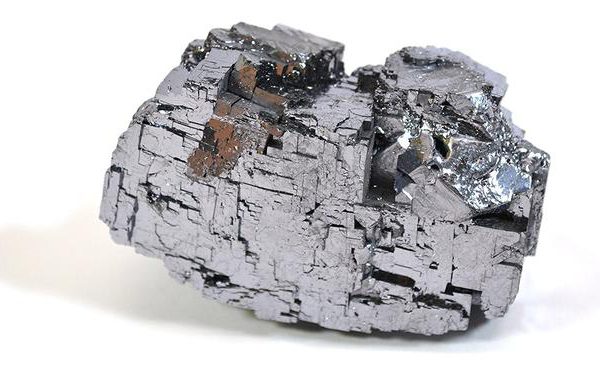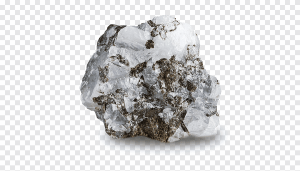Bauxite: The Essential Ingredient for Aluminum Production
Bauxite, a reddish-brown to buff-colored rock, is the primary source of aluminum, a critical metal with diverse applications. It’s a sedimentary rock composed mainly of hydrous aluminum oxides, with the mineral gibbsite being the most important constituent. Bauxite is processed through a multi-stage refining process to extract aluminum oxide (alumina), which is then further smelted to produce pure aluminum.
Key Source Countries and World Output
Australia currently dominates bauxite production, accounting for around 33% of global output in 2023. Other major producers include:
- Guinea (24%)
- China (15%)
- Brazil (12%)
- India (7%)
- Russia (5%)
These top five producers collectively contribute over 90% of global bauxite production, estimated at around 320 million metric tons (Mt) in 2023.
Major Producers and Market Share
- Rio Tinto: The world’s largest bauxite producer, operating mines in Australia, Guinea, and Brazil.
- Aluminum Corporation of China (Chalco): China’s largest producer, with significant domestic operations.
- Vale: A major Brazilian producer with extensive mining activities in the Amazon region.
- Hydro: A Norwegian company with bauxite operations in Guinea and Brazil.
- Weiqiao Aluminium: A Chinese company with a growing presence in the bauxite mining sector.
These major players hold a significant share of the global bauxite market, influencing supply and price trends.
Forms of Bauxite Trade
Bauxite is primarily traded in two forms:
- Dried bauxite: This is the most common form, transported in bulk ships or containers.
- Calcined bauxite: Bauxite treated at high temperatures to remove moisture and improve its suitability for alumina refining.
The specific form chosen depends on factors like transportation costs, intended use, and processing requirements.
Price Trends
Bauxite prices are influenced by various factors, including:
- Supply and demand dynamics: Fluctuations in production levels and demand from aluminum producers can impact prices.
- Transportation costs: Shipping costs can significantly affect the delivered price of bauxite.
- Quality variations: Bauxite with higher aluminum content and lower impurities commands a premium price.
Over the past five years, bauxite prices have exhibited some volatility:
- 2018-2019: Prices experienced a decline due to oversupply in the market.
- 2020-2021: Prices saw a rebound as demand recovered from the pandemic disruptions.
- 2022-present: Prices have faced upward pressure due to supply chain disruptions and geopolitical tensions.
It’s important to monitor market trends and price movements for informed trading decisions.
Major Importing and Exporting Countries
China, the world’s largest aluminum producer, is also the leading importer of bauxite, relying heavily on imports to meet its domestic demand. Other major importing countries include:
- United States
- Brazil
- Australia (imports for domestic alumina refining)
Guinea, Australia, and Brazil are the top bauxite exporters, supplying the global aluminum industry with this crucial raw material.
Other Important Aspects for International Traders and Buyers
- Sustainability Concerns: Responsible sourcing practices and environmental considerations are becoming increasingly important in the bauxite trade. Buyers are increasingly seeking bauxite mined with minimal environmental impact and adhering to ethical labor standards.
- Geopolitical Risks: Political instability in key producing countries can disrupt supply chains and create price volatility. Traders need to be aware of potential geopolitical risks and their impact on the market.
- Quality Specifications: Bauxite quality varies depending on its aluminum content, impurities, and moisture level. Buyers need to specify their required quality standards based on their intended use.
- Logistics and Transportation: Efficient logistics and transportation solutions are crucial for bauxite trade, considering the bulk nature of the commodity.
Considerations for Traders
- Market Research and Analysis: Staying updated on market trends, supply-demand dynamics, and price fluctuations is crucial for making informed trading decisions.
- Building Strong Relationships: Establishing strong relationships with producers, suppliers, and buyers is essential for securing reliable sources and favorable trading terms.
- Risk Management Strategies: Implementing risk management strategies to mitigate potential disruptions caused by price fluctuations, supply chain issues, or geopolitical events is essential.
- Understanding Contractual Terms: Carefully reviewing and understanding the terms and conditions of bauxite trade contracts, including quality specifications, delivery schedules, and payment terms, is crucial.
By understanding these key aspects of the bauxite market, international traders and buyers can navigate the complexities of this essential commodity and make informed decisions to optimize their trading activities.





